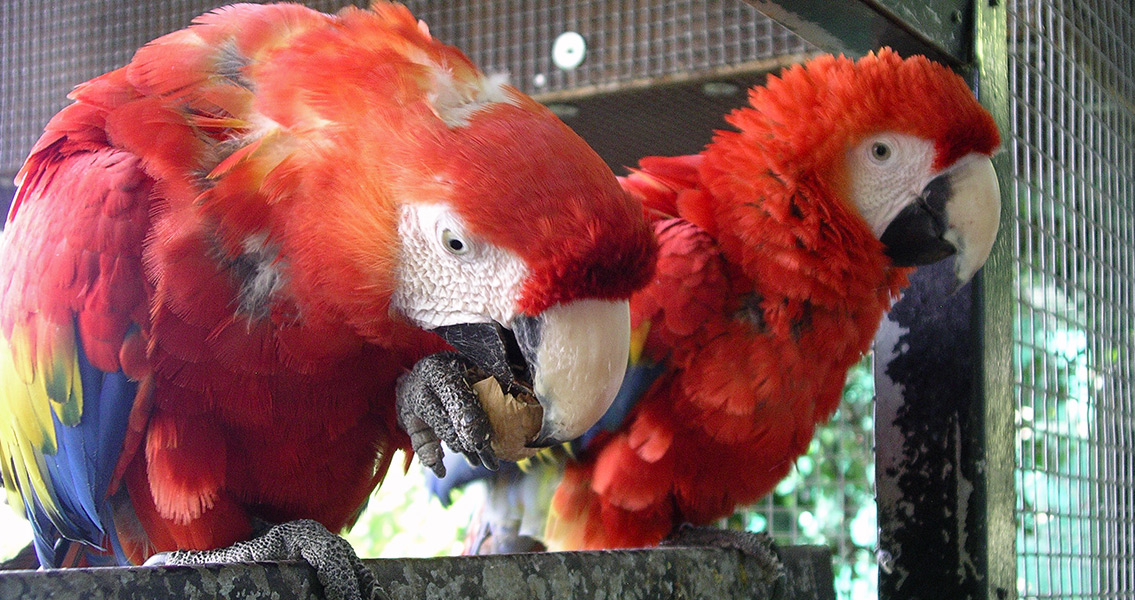<![CDATA[A team of archaeologists have been able to date the skeletal remains of scarlet macaws found in the ruins of Pueblo Bonito in northern New Mexico to as early as the tenth century CE, around a century and a half before most experts had thought that trade routes were established between the region and Mesoamerica, the natural habitat of the birds. According to a research study published in the Proceedings of the National Academy of Sciences, the fact that the Pueblo of Chaco Canyon had traded for the colorful parrot species centuries in the past was not a new revelation. In fact, the skeletal remains were originally discovered in the 1890s, making it obvious that the Pueblo who inhabited the now-ruined city were trading regularly with Mesoamerican cultures nearly 1,000 miles to the south. Other evidence uncovered to reinforce the notion of the trade route includes traces of Mesoamerican cacao discovered in shards of pottery within Pueblo Bonito. The team of scientists involved in the study, which included researchers from the University of Virginia, the American Museum of Natural History, and Pennsylvania State University, used a highly precise form of radiocarbon dating called accelerator mass spectrometry in order to pinpoint the age of the remains with a high degree of accuracy. The results revealed that the oldest macaws had been present between 900-975 CE, which upends the previously held understanding that trade relations had not expanded enough to bring macaws north to what would become present-day New Mexico until sometime between 1040 CE and 1110 CE, a period of expansion known as the “Chaco Florescence.“ The significance of the find lends credence to the idea that to facilitate these highly developed trade routes, complex social hierarchies would have to have evolved within Pueblo Bonito prior to the Florescence. The authors of the study write that “the early dates for macaws thus support the proposition that the Chaco florescence cannot be understood without a better understanding of culture change from the eighth through eleventh centuries,” adding that “Mesoamerican acquisition networks played a seminal role in the transformation of Chacoan society during the ninth and tenth centuries.” Scarlet macaws were highly prized for their brilliant plumage, which the Pueblo used in ceremonial rites. With local bird species lacking such brightly-colored feathers, the possession of a large quantity of macaw feathers – or better yet, a live macaw itself – would have been a luxury reserved only for the most powerful and influential Pueblo living within Chaco Canyon. However, the investigation revealed one tragic fact as well: many of the macaw remains studied were from adolescent birds, indicating the possibility that few scarlet macaws survived to adulthood outside of their natural habitat. The researchers have made the suggestion that the conditions the birds were kept in were likely too cold and dark for them to thrive, based on the location of the majority of the remains deep within the complex series of interior rooms in the ruins of Pueblo Bonito. For more information: www.pnas.org Image courtesy of Wikimedia Commons user: Snowmanradio with permission from Tropical Birdland, Leicestershire, England. ]]>
Scientists Carbon Date Macaw Remains from Pueblo Ruins
